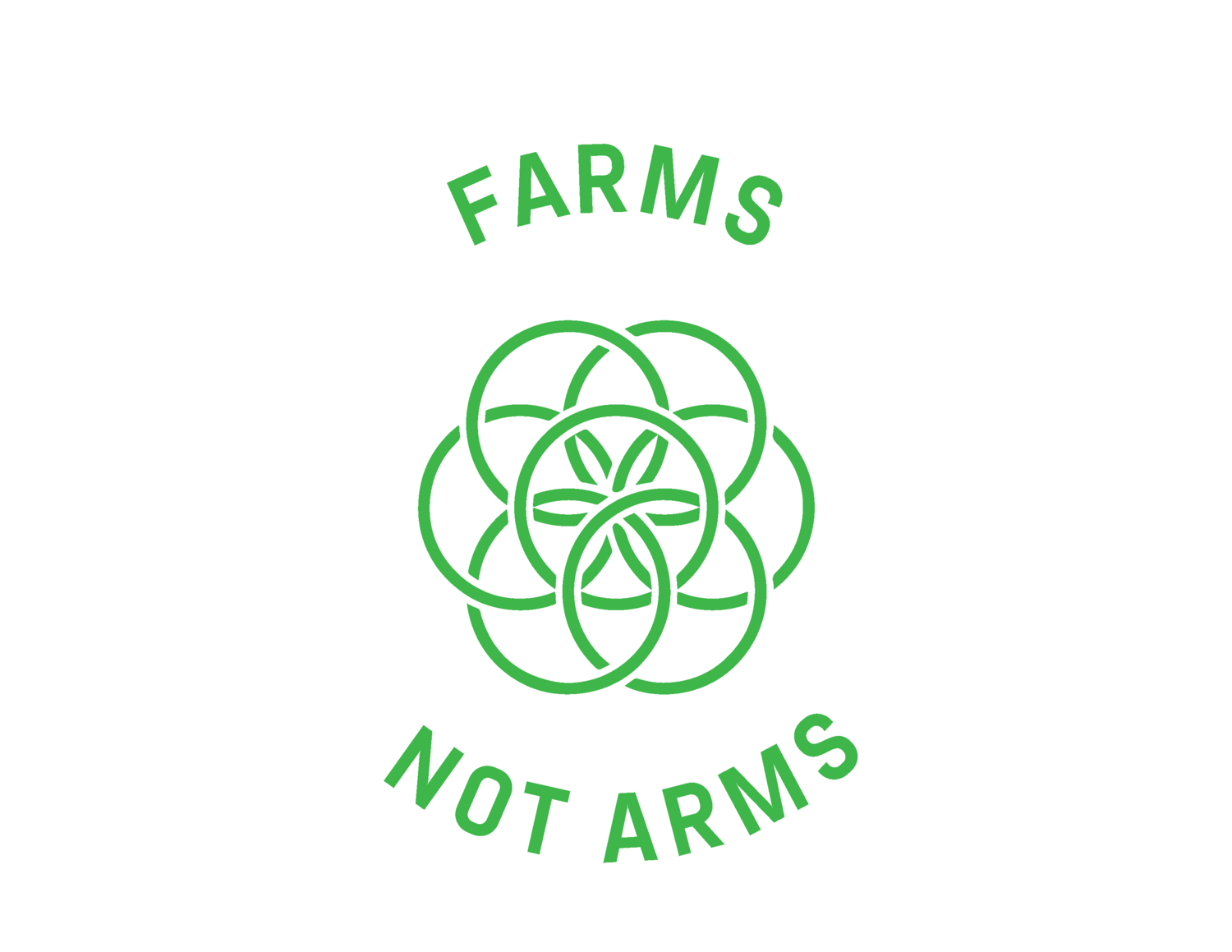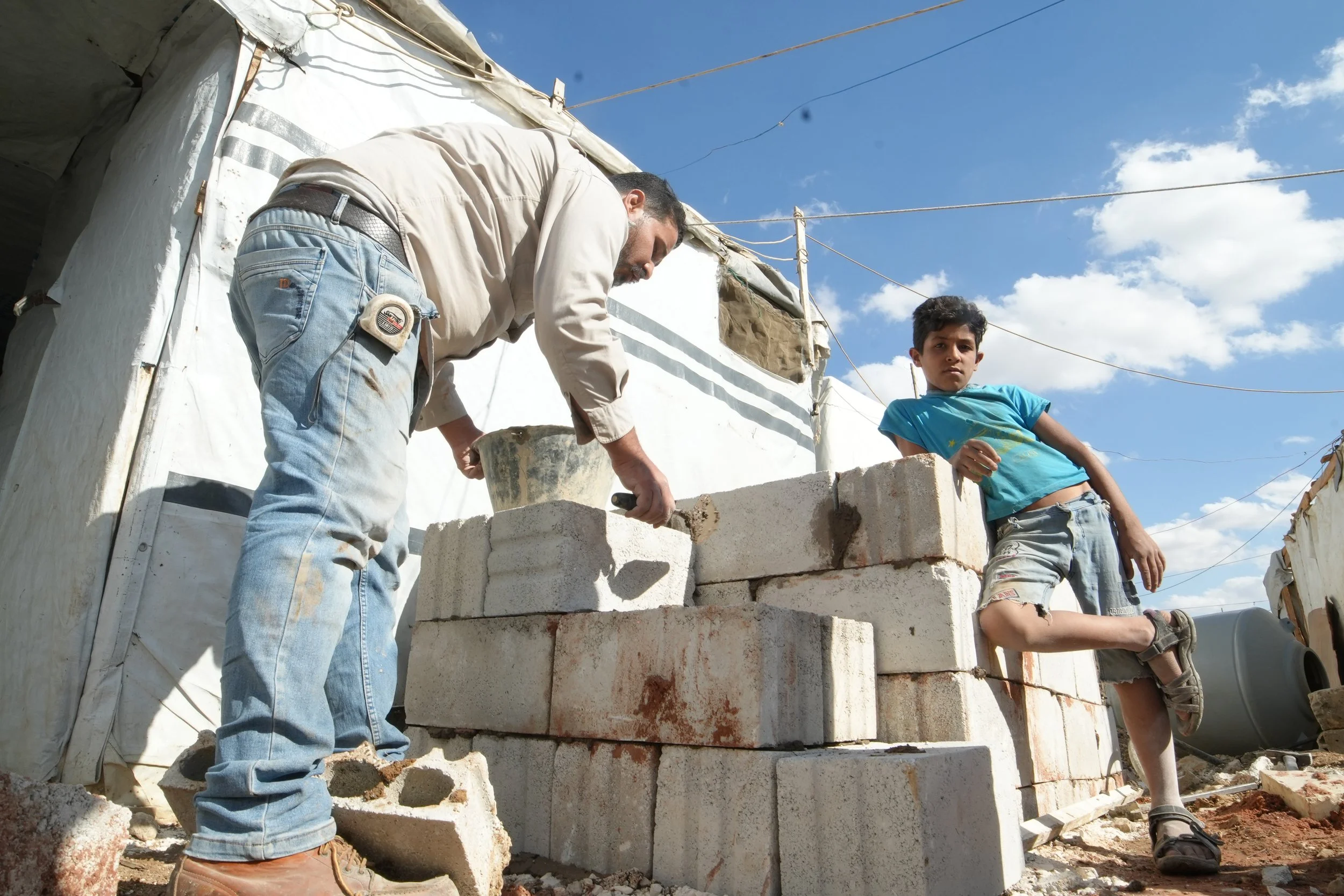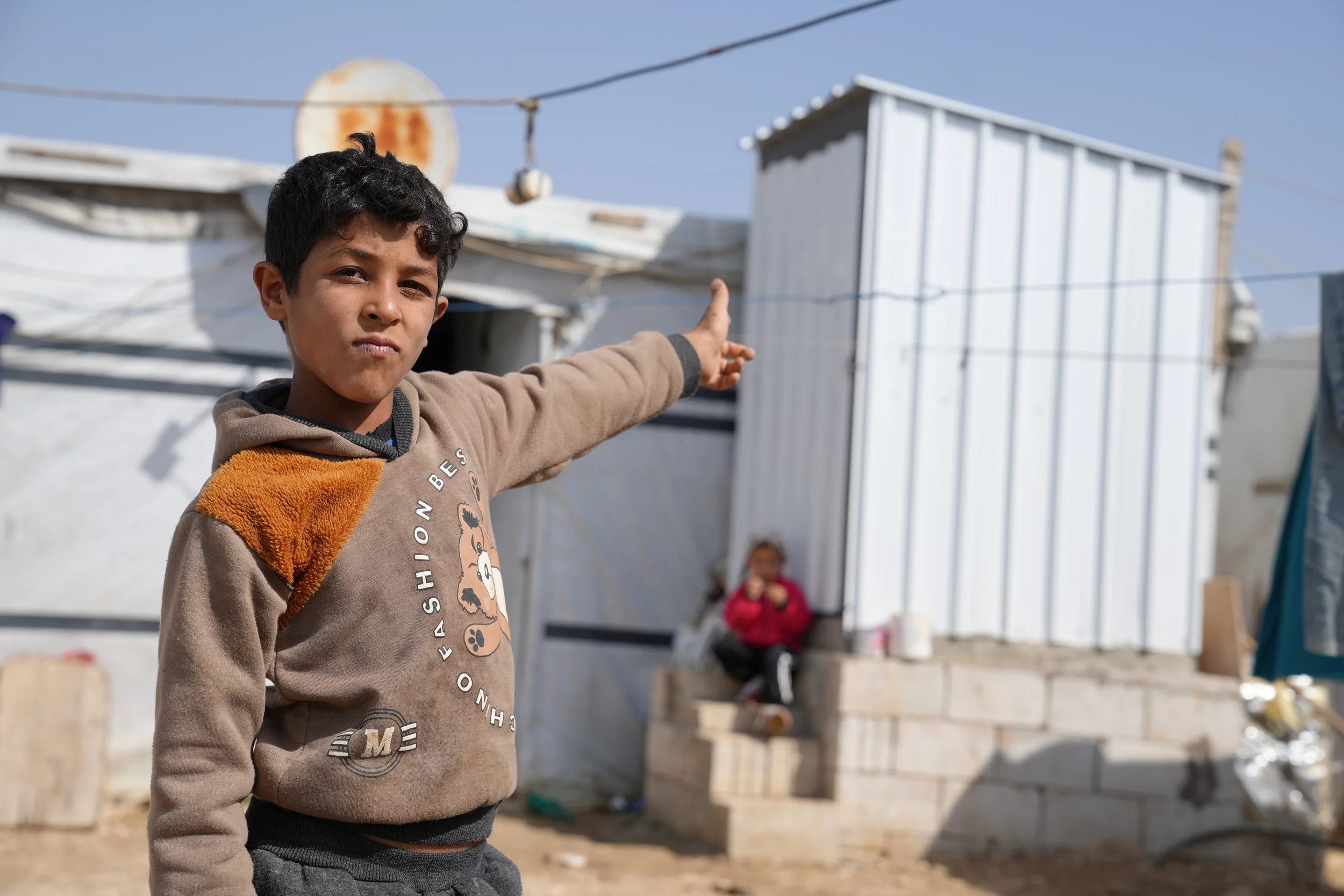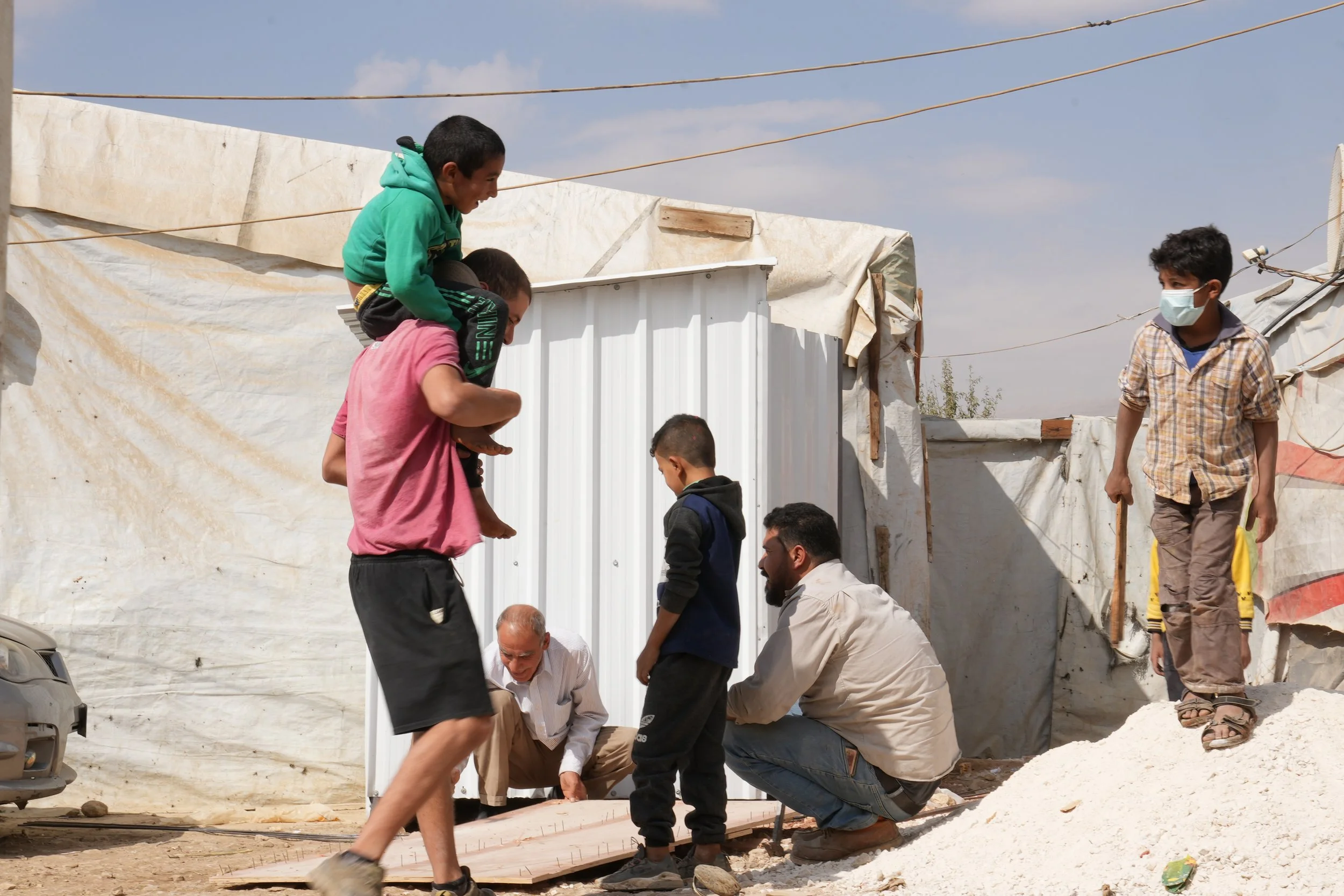Vermicompost Toilets Project
In August 2022, we started a project in partnership with, and funded by, Re-Alliance to pilot and build vermicompost toilets for refugees settled in the Bekaa, Lebanon.
Our goal with this project was to help refugees have access to better sanitation while protecting groundwater from being contaminated with fecal matter. The system is centered around using worms to process domestic sewage on-site as they are essentially bio filters. We see vermicompost toilets as ideal as they are low-cost, low-tech, can be built and maintained easily and need no external energy input or machinery, making them ideal for settlements.
The grant from Re-Alliance enabled us to build 3 vermicompost toilets for refugees: two in a nearby informal tented settlement (camp) and one for a refugee family living on our regenerative farm, with the latter toilet also acting as an isolated test unit to monitor and evaluate the benefits of the vermicompost toilet model.
How the Vermicompost Toilet System Works
The vermicompost toilet system consists of 3 main parts: the toilet seat, the insulated worm tank, and finally the soakaway area or “green filter bed”. The toilet is located one meter above the worm tank and the human waste is transferred from the toilet to the tank, which houses the worms and their associated ecosystem.
The worm tank is made up of layers: gravel at the bottom which is then covered by a nylon mesh, followed by a mix of dry organic materials (wood shavings, wood chips, straw, and dead leaves), and lastly by a mix of aged compost, manure and kitchen scraps at the top, which creates the perfect environment for worms to thrive and multiply. This is where the decomposition of fecal matter takes place.
The tank is insulated with a specific wooden sheet so that the worms are protected from extreme high or low temperatures, since they can only survive within a temperature range of 5-25°C. Inside the worm tank, there is a perforated drainage pipe that is wrapped with nylon mesh to prevent any worms or organic material from seeping through to the soakaway area. The drainage pipe is connected to the exit hole at the bottom of the worm tank, which is connected to the last part of the system: the green filter bed. The urine will be filtered and can be used for watering, while the solid waste will also turn into compost that can be used on our farm and sold to others as well.
The vermi-filtered urine water, which already has 90% of its pollutants removed, leaves the worm tank and is further filtered by the green filter bed so that no human residue infiltrates the ground water.
DESIGN PROCESS
We started the project with visits to learn about the refugees daily lives and gather insights about their sanitation realities. After visiting the different tents and spending time with the adults of the families living there, we were focused on learning more about their routines and daily lives especially regarding their sanitation practices and their blackwater and greywater waste.
The situation is not uniform, but the biggest concern that all of them had was regarding their bad living conditions. They are living with the foul smell, with a lot of flies, and with floods of their current makeshift hole-in-the-ground bathrooms, all of which have created health effects (for instance, some kids have asthma) and have made it more and more unbearable for them on a daily basis. They all do understand, to a certain extent the effect, how these conditions are negatively affecting their health and that of their kids’ and they also recognize that the flooding of fecal matter also affects the fields around them.
After our insight gathering visits and workshop, we held a general design workshop and meeting with representatives from the entire camp to explain what we are doing, the benefits of a vermicompost toilet, its functions and technical operations.
We discussed the importance of the natural ecosystem that allows it to run properly and treat waste and how to maintain it so that the worms don’t die, why the tank is limited to a certain number of people, etc… There were some questions raised to learn more about it and about the maintenance process. We explained that if the system is functioning properly, the tank should never be emptied but rather more material should be added with time depending on the worms’ activity. This was great news since it has easy maintenance and they don’t need to be constantly emptying the tanks.
We shared the detailed design with them and explained it in detail for them to understand how it works, how the solid waste goes in, gets filtered, and how the liquid waste goes into the green filter. We didn’t receive a lot of technical questions, but they were all excited to know when we are starting and how long the process would be. We informed them that each toilet will be built independently and will require 1 month of monitoring and ecosystem activation before it can be used to ensure it has a good kickstart and will not face issues going forward.
TOILET Build
The building period of each toilet was over the course of 3 days, and overall, it was a smooth and collaborative process between our team and the refugees. The toilets were well-received and with every workshop, they were getting more excited about and intrigued by the project.
The process consisted of first building the toilet structure which consisted of cement blocks and metal sheets to create the cabinet.
We also prepped the septic tank so that it is the right environment for the worms. We had been already culturing the worms for a couple of months to speed up their activation process and have a good enough number to be able to decompose fecal matter. Yet, even after the built, we had to wait a few weeks for them to multiply enough to be ready to process the waste of around 8 people on a daily basis.
After the built was done and when they started using their new bathrooms, all of the participating family members were really happy with their new vermicompost toilets and have noticed a reduction in foul smell, flies, and flooding.
In order to create a wide impact, we would need to replicate this all over the camp so that we can considerably affect and improve everyone’s living conditions. Since the camp is a tight space, the people who we’ve built toilets for are still affected by the bad sanitary conditions around them and their implications on their health.
One thing to keep in mind for the future is that vermicompost toilets have a constraint which is water use and water consumption. If there is no water available or if it is scarce (which is not the case in this camp right now), then our design would not be ideal and we would have to opt for a dry toilet instead. The model we’ve implemented is a semi-flush or a manual flush system which uses 2-3 liters of water. If a regular flush system is built, it would need more water to maintain.
Project Team Members: Hadi Awada, Erica Accari, Jehane Akiki








